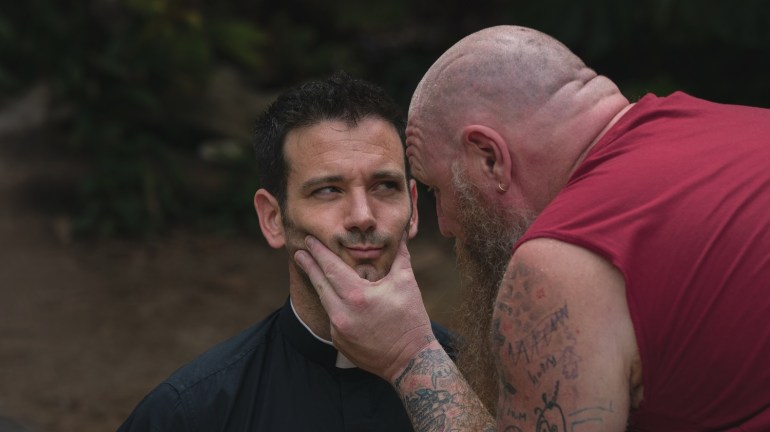Australian Communications and Media Authority (ACMA) data showing five of the major SVODs – Amazon Prime Video, Disney+, Netflix, Paramount+, and Stan – spent $335.1 million in 2021/22 on Australian programming demonstrates the viability of 20 per cent local content obligation for streamers, Screen Producers Australia (SPA) says.
The annual SVOD Australian content investment report revealed the platforms spent $253.7 million on 55 commissioned or co-commissioned programs that met the minimum requirements to be classified as Australian under the Broadcasting Services (Australian Content and Children’s Television) Standards 2020.
Additionally, $81.4 million was spent on the acquisition of 663 Australian programs, with most titles sport, adult drama, or documentary.
The overall figure represents a yearly increase of $156.2 million, driven in large part by the inclusion of Paramount+, which had the most commissioned/co-commissioned programs from Australia and New Zealand at 13.
The report comes as the industry debate around streaming regulation prepares to reach a climax, with Arts Minister Tony Burke telling the audience at last week’s AWGIE Awards that Australian content quotas, including for scripted dramas, were on their way for streaming services, albeit in a form yet to be decided.
SPA, which has long argued for the major SVOD and AVOD services to reinvest 20 per cent of their Australian revenue on commissioning new local content, said the ACMA data suggested the proposed regulatory model was a “clearly achievable outcome” that would establish a long-term plan for the industry.
“Today’s report again highlights the need for a regulatory plan for streaming services to make fair contributions to our sector and to their viewing audiences over the long term across a diverse range of content and providers,” CEO Matthew Deaner said.
However, the overall investment increase was not reflected in Australian children’s programming, which continued to show the slowest growth of all the genres.
Even with the addition of a fifth provider, there were only 274 hours of children’s drama programmed for the 12-month reporting period, representing a yearly rise of just 44 hours. Australian children’s non-drama was the worst-performing genre, with 126 hours, a decrease of 50 hours from the previous year.
It mirrors the trend being seen among commercial broadcasters, with ACMA data released in August showing children’s drama expenditure from 69 metropolitan and regional licensees was $2 million in 2020-21, down from $5.3 million in 2019-20. For other types of children’s programming, the drop was slightly more significant, going from $5.3 million to $1.6 million.
Further, this month’s Screen Australia drama report showed that while the hours of children’s content produced increased 12 per cent from 2020/21 to 48, they were still below the five-year average of 77.
For Deaner, the figures were indicative of a “dire” climate.
“The ACMA report released today echoes the alarming figures reported in the Screen Australia Drama report released earlier this month,” he said.
“We look forward to working with the government that progresses this after nearly 10 years of delays.”
The government is expected to release details of its National Cultural Policy next month, following consultation with the industry and the broader arts community.
Prior to that, shadow arts spokesman Paul Fletcher and shadow communications spokesperson Senator Sarah Henderson will host a roundtable with the streaming platforms to discuss issues relating to regulation.


